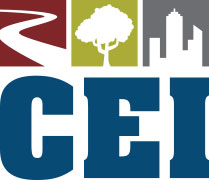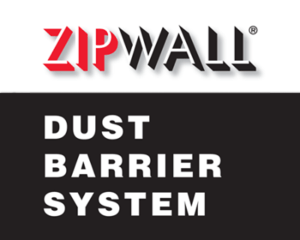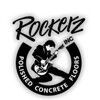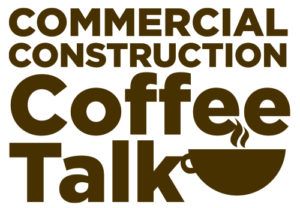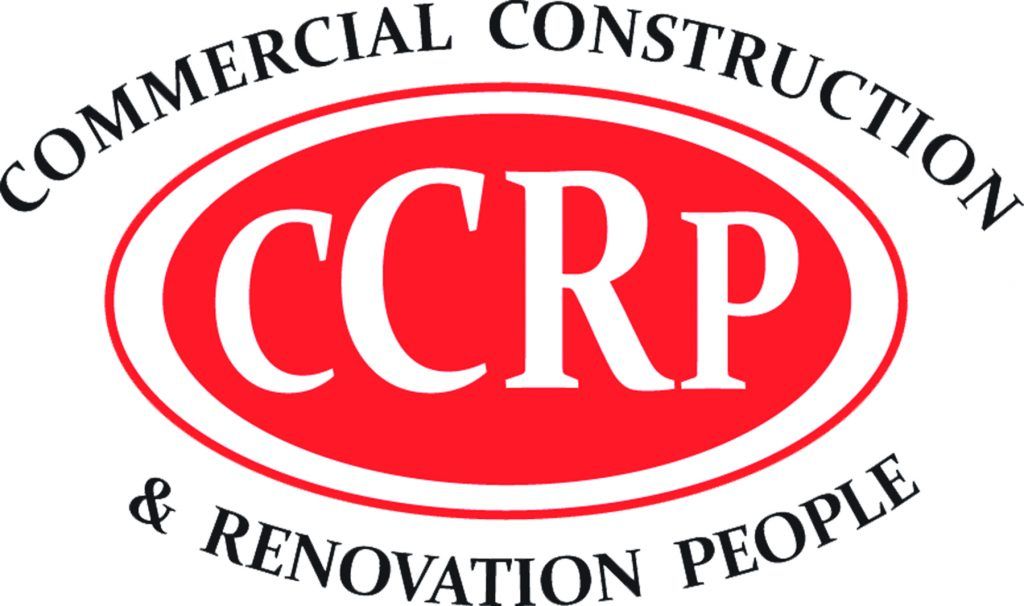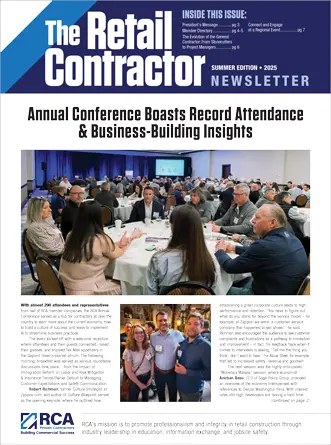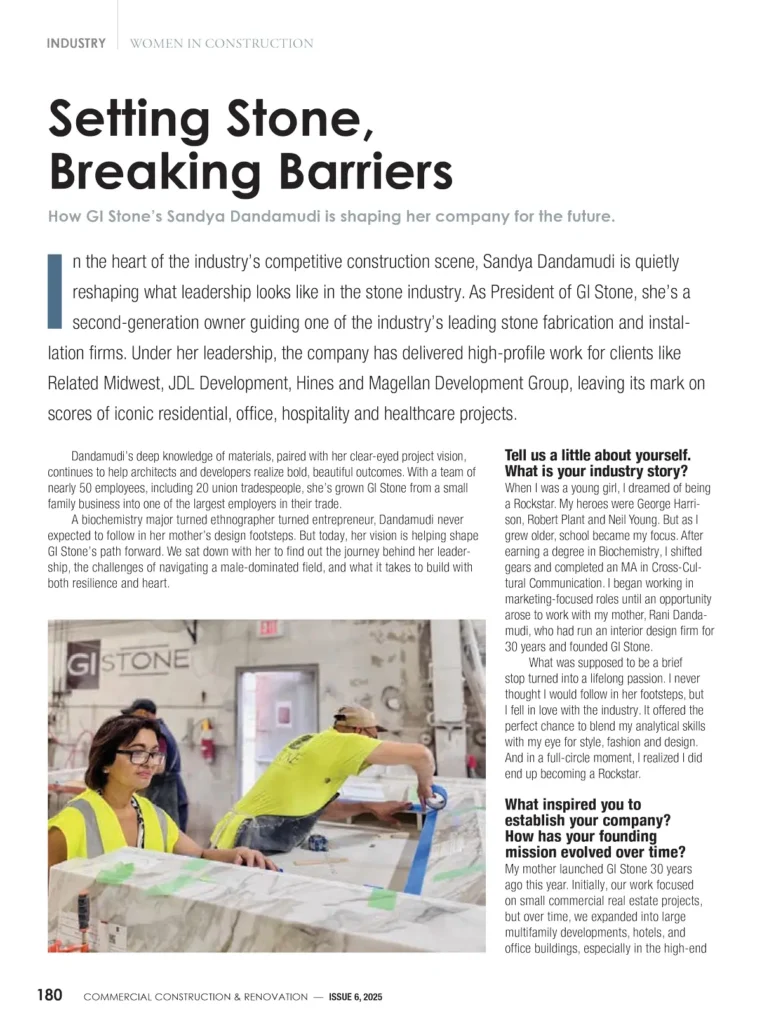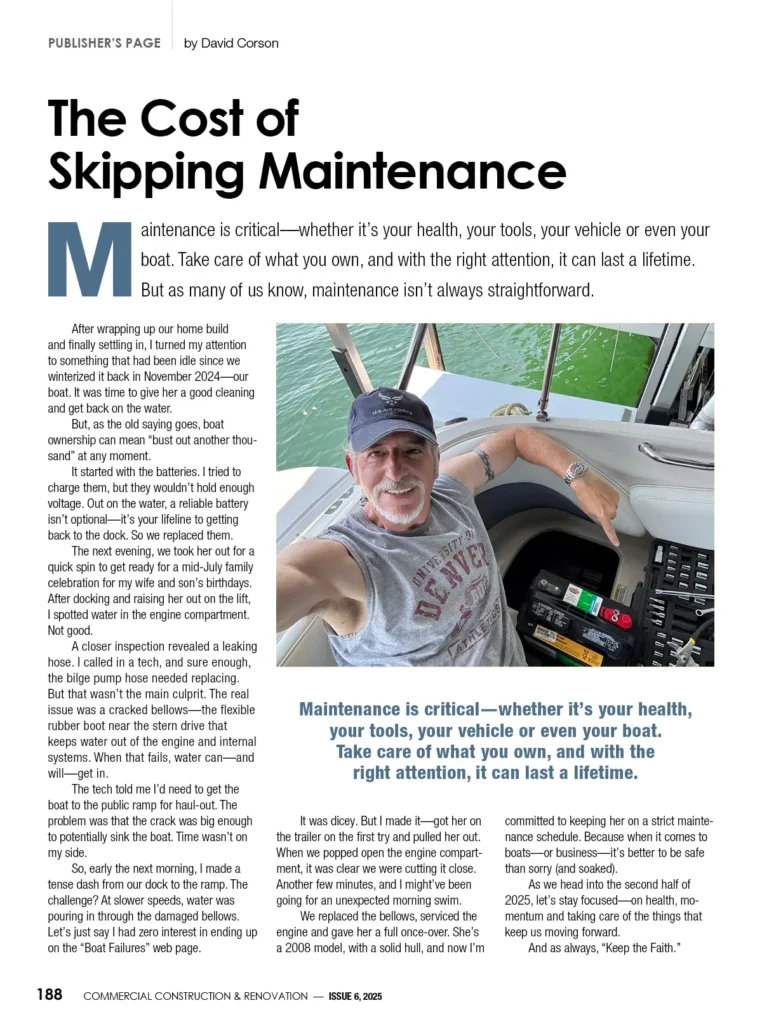In New York City, sidewalks are more than just concrete walkways—they’re a legal responsibility for property owners. A single crack, uneven slab, or pooling puddle can lead to a DOT violation, unexpected repair bills, and even liability for pedestrian injuries. Fortunately, most sidewalk violations are preventable with a proactive approach. By understanding what causes these issues and how to address them early, you can protect your property, your wallet, and your peace of mind.
Know What Triggers a Violation
The NYC Department of Transportation (DOT) routinely inspects sidewalks across all five boroughs. If inspectors find defects such as cracks wider than half an inch, uneven surfaces with a height difference of more than half an inch, missing or broken flags, or improper slope that causes drainage issues, they’ll issue a NYC sidewalk violation. These notices aren’t fines, but they are legal warnings that require action. If ignored, the city may perform the repairs and bill you—often at a higher cost than if you had handled it yourself.
Understanding these triggers is the first step in prevention. Even minor imperfections can escalate quickly, especially during harsh winters when freeze-thaw cycles widen cracks and shift slabs.
Conduct Regular Inspections
Don’t wait for the DOT to find problems. Make sidewalk inspections part of your property maintenance routine. Walk the perimeter of your property monthly and after major weather events. Look for early signs of damage like hairline cracks, slight unevenness between slabs, or areas where water pools after rain. These small issues can often be addressed quickly and affordably before they become violation-worthy hazards.
Photograph and document any changes over time. This not only helps you track deterioration but also provides a record in case you need to dispute a violation or coordinate with city agencies.
Address Tree Root Issues Early
Street trees add charm and shade to NYC neighborhoods, but their roots are notorious for lifting and cracking sidewalks. If you notice a slab beginning to rise near a tree pit, act quickly. Installing root barriers or consulting with an arborist about safe root pruning can prevent further damage. For city-owned trees, you may need to coordinate with the Parks Department and obtain permits before performing any work.
When replacing sidewalk sections near trees, consider leaving extra space around the tree pit or using flexible paving materials that can accommodate root growth without cracking.
Maintain Proper Drainage
Water is one of the most destructive forces for concrete. Poor drainage can cause erosion beneath the sidewalk, leading to sinking or cracking. It also contributes to freeze-thaw damage in colder months. Ensure that your property’s grading directs water away from the sidewalk. Clean gutters and downspouts regularly and consider installing splash blocks or underground drainage systems to prevent runoff from pooling on the pavement.
If you notice standing water after rain, investigate the cause immediately. Sometimes a simple regrading or the addition of a trench drain can make a big difference.
Use Quality Materials and Workmanship
When repairs are needed, don’t cut corners. Using substandard concrete or hiring unlicensed contractors can lead to premature failure—and another violation down the line. Always use DOT-approved materials and hire contractors who are licensed by the NYC Department of Consumer and Worker Protection. A reputable contractor will understand city codes, obtain the necessary permits, and ensure the work meets inspection standards.
Investing in quality now can save you from repeat repairs and added costs later.
Stay Ahead of Seasonal Challenges
Each season brings its own sidewalk stressors. In spring, clear away debris and inspect for winter damage. Summer heat can cause expansion and cracking, so monitor for new fissures. In fall, keep leaves off the sidewalk to prevent slippery conditions and clogged drains. And in winter, shovel snow promptly and use de-icing products that won’t damage concrete.
NYC law requires property owners to clear snow and ice within a specific timeframe after snowfall ends. Failing to do so can lead to violations and liability if someone slips and falls.
Know When to Call the Pros
While minor cracks or surface stains might be manageable as DIY projects, larger issues like sunken slabs, root damage, or full replacements require professional help. Sidewalk contractors understand DOT specifications and can ensure your repairs are compliant from the start. Many also offer routine maintenance services to help you stay ahead of potential violations.
If you’re unsure whether a defect is serious enough to warrant repair, a professional inspection can provide clarity—and peace of mind.
Final Thoughts
Preventing sidewalk violations in NYC isn’t just about avoiding fines—it’s about protecting your property, your neighbors, and your reputation as a responsible owner. With regular inspections, prompt repairs, and a proactive mindset, you can stay ahead of the DOT and keep your sidewalks safe, compliant, and looking their best. Navigating NYC’s sidewalk repair rules just got easier Nycsidewalkviolations.com is your one-stop resource for understanding, resolving, and preventing costly citations.





